5 business lessons learned from 2 projects with ChatGPT

Introduction
In the previous post I highlighted what technical lessons I have learned from building 3 projects with ChatGPT in 2023. But this is not all 😀
The most critical mistakes led projects to failure were in business decisions. And I’m very happy to learn this now and not in 10 years.
Let’s see 3 projects and highlight what went wrong with them.
Before I will start explaining my mistakes made in the building of different projects I want to highlight that my target was to build side projects with some revenue.
CookItEasy
Revenue: 0$ Costs: ~200–250$ (90% of this price was AWS ECS for couple of months)
Loading...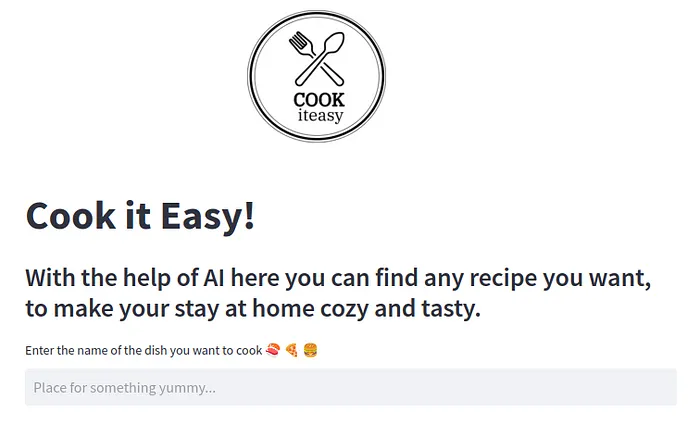
This project was about looking for dish recipes with ChatGPT, more detailed story about it is available here.
In the short — on the boom of ChatGPT apps I thought that my wife and me are spending too much time to think about dishes which we want to cook. I used on that time ChatGPT to find some recipe and we decided to build application with predefined prompt and help people to get dish recipes.
From an idea in evening my wife and I started implement this application. We launched it very quickly. But then after sending link to our friends and posting in social networks we recognized that while my target was to build a project with revenue, no pricing model was developed. So Patreon was very quickly created and link to it was added to our CookItEasy website.
Mistake #1
No pricing model.
Surprisingly nobody paid at the Patreon 😂. Interesting, for what users should pay? Our website worked, but it didn’t provided any additional value for users for which them should pay.
Loading...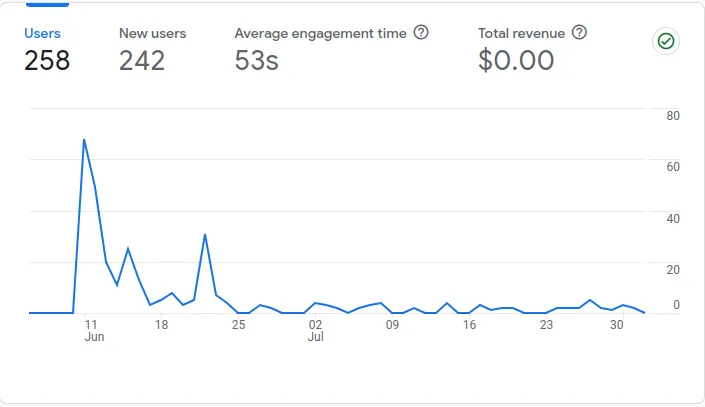
Users were interested in the project, that was almost my friends who received link to it from LinkedIn or Telegram. But from the graph we can see that nobody except me and my wife didn’t returned to the project. This leads me to another mistake which I made.
Mistake #2
No user value.
Project should provide real value for users and only then users will use it.
CarComparisonAI
Revenue: 0$
Costs: ~100$ (I used Vercel for deployment instead of highly scaling AWS ECS configuration)
Loading...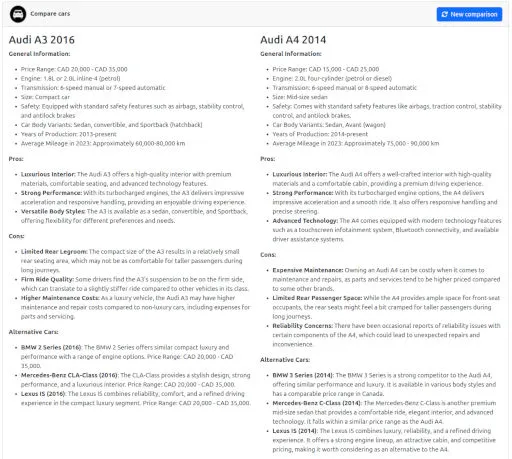
Currently project is not working, only landing page. This project was born after my purshuase of a car in Canada, so I used ChatGPT to compare used cars and I had a lack of comparing two cars on an one screen in ChatGPT UI. So I decided to build an application which compares two cars and shows them on an one screen.
Another mistake which I had in CookItEasy was no marketing at all: no SEO, no landing, nothing. So with CarComparisonAI I decided to build a landing page first: https://carcomparisonai.com/en/
I used WordPress to speed up process and I was very happy to launch landing page quickly. Of course after that I focused on the building of an application and I built an application which was very useful for me.
Also I thought about pricing model and introduced it at the landing page.
Loading...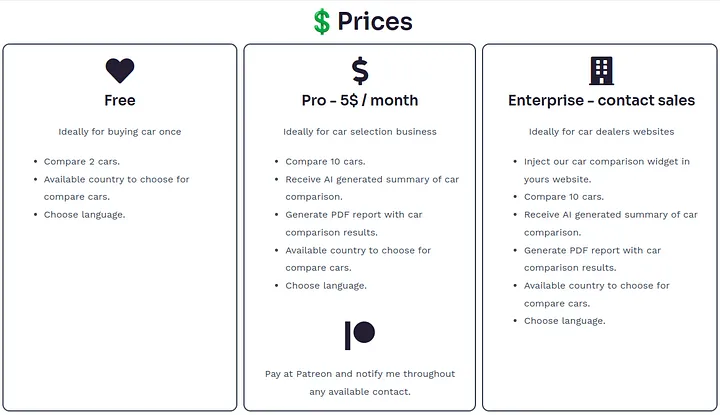
My target audience for this project were drivers who want to buy used cars, but who don’t want to watch YouTube videos about different aspects about cars or how car works. Drivers like me, who just need a car which will ride without problems.
So I fixed two mistakes from CookItEasy:
- No pricing model.
- No user value. (At least I think so)
But the project was unsuccessful too.
Loading...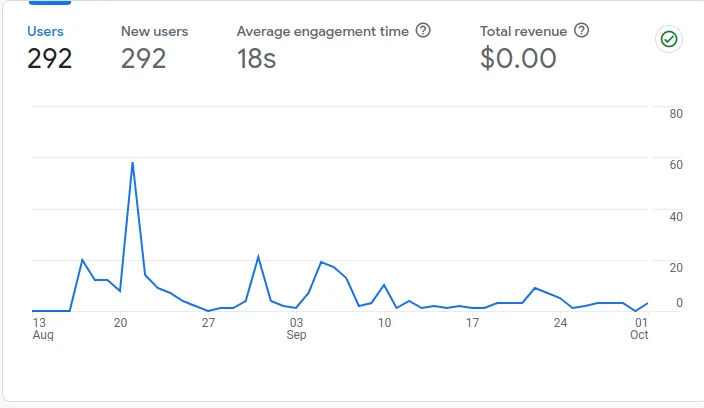
The picture was the same as with CookItEasy — users were interested at first, but next them almost didn’t returned to the website.
Also I had an idea to sell this product as a widget for car dealer websites. I tried to communicate with car delears in Toronto, but nobody responded to my emails. Also I tried to contact car delears in Ukraine throughout my friend, but the result was the same — no response. Nobody was interested in the product.
I built a product, but during bulding of them I think about my problems and how to solve them, not about problems of users who may pay me money for solving their problems. I thought that I’m solving users problems, but I solved my problems. I should to think about my users first, not about myself.
Mistake #3
No market research.
For sucessfully launching a product I should do market research first and create client portrait to understand which problem I can solve.
Marketing Courses
On the Chrismas Holidays I had enough time to think about my mistakes and reflex them. I studied at the course Introduction to Marketing. It was very helpful for me and highlighted a lot of things about which I should think before launching next project. Also that course teached me more about how business works, so I think it will be useful for my day job as software engineer as well.
From this marketing course I got another mistake which I made in my projects — no channels to communicate with clients. I don’t have any Twitter account for 100K followers or YouTube channel with 100K subscribers. All my communication with potential clients were made with my friends who not likely will be my clients.
Mistake #4
No channels of distribution.
The biggest my own mistake
I’m software engineer from 2016. I love programming and transforming an idea into the working product. I worked with Go, Java, Python, JavaScript and a lot of other technologies. For me the biggest pleasure of a new project is the stage when I’m choosing technologies and implementing a product. And this is completely wrong, because I don’t think about revenue, I think about implementation first, that’s why I’m so eager to start implementing a product instead of sit and think about: how to get revenue?
I think that’s why all my projects fails. I had more project than described in this article, but them failed too. Only after years of working I got that understanding a business is the most critical and hard part of any software system but not programming — this is the easier one.
Mistake #5
Think about business and revenue first, don’t think about programming.
Conclusions
After thinking about my mistakes made in 2023 I can summarize them here:
- No pricing model — every new product should have pricing model and ways to implement it. It may be not publically announced, but at least in private notes.
- No user value — every project should bring new and unique value for user to motive user to pay money for using a project.
- No market research — before launching a project, need to make a market research and create client portrait to understand client needs and test original idea on his needs. Probably after this step original idea will be reworked to close client needs.
- No channels of distribution — last but the most important. No matters who good an idea is, if idea don’t have channels to distribution it will never make money. Channel of a distribution should be built first, but how to do it is a topic for another post (I also don’t know it, I’m learning).
- Think about business and revenue first, don’t think about programming. Source code and technologies don’t provide any value, this is just tools to build a successful business.
📧 Stay Updated
Get weekly insights on backend development, architecture patterns, and startup building directly in your inbox.
Free • No spam • Unsubscribe anytime
Share this article
Related articles
How I Built an AI-Powered YouTube Shorts Generator: From Long Videos to Viral Content
Complete technical guide to building an automated YouTube Shorts creator using Python, OpenAI Whisper, GPT-4, and ffmpeg. Includes full source code, architecture patterns, and performance optimizations for content creators and developers.
flow-run: LLM Orchestration, Prompt Testing & Cost Monitoring
Open-source runner for LLM workflows: orchestrate prompts and agents, run regression tests, control costs, and publish metrics for observability and CI/CD.
